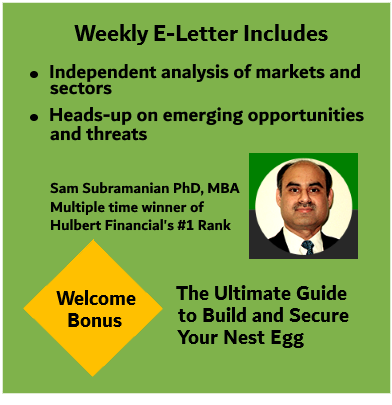The financial crisis took a toll on 2009 US auto sales pushing them below 1982 levels. At the depth of the recession, auto sales slumped to a seasonally adjusted annual rate of just 9.2 million a year, nearly 44% lower than the pre-recession level of nearly 16.5 million units in 2007.
While cash-for-clunkers provided the initial boost late summer last year, auto sales have since recovered along with the rest of the economy. In recent months, auto sales have hovered around 11 million on an annualized basis. Recently Toyota’s (TM) recall of its popular Camry, Corolla, and Avalon brands has become headline news.
The auto sales story is quite different in China and India. Auto sales in China tallied 13.6 million in 2009 eclipsing U. S. as the world’s largest market for the first time. After skirting the global recession, India’s auto sales are expected to double to 3 million units by 2015.
 |
| While cash-for-clunkers provided a boost to U. S. auto sales last summer, auto demand is showing signs of a nascent, uneven recovery. |
Against this backdrop, auto company shares have emerged as a leader in the stock market. The Dow Jones US Automobiles & Parts Index ($DJUSAP) has vaulted 140% in the past year.
Is it too late to jump into auto stocks?
No. However, given the mature state of the auto rally, one has to be choosy.
So, what’s the right way to play auto stocks?
Looking through the auto value chain, the simple answer is invest in auto part makers, speculate in automakers, and be selective on auto retailers.
Auto Part Stocks
Auto part makers as a group are executing well. Autoliv (ALV), BorgWarner (BWA), Gentex (GNTX), Goodyear Tire (GT), and Johnson Controls (JCI) blew away analysts’ EPS estimates in the recent quarter, beating by at least 20%. Auto part companies are following automakers into emerging markets offering a means to profit from global auto demand.
As for specific names, Autoliv, the world leader in seatbelts, is my favorite. Autoliv’s shares trade at a low double-digit P/E multiple compared to the prospects of EPS nearly tripling in 2010.
Automakers Stocks
Ford Motor (F) is a primary play on the recovery of the domestic auto industry. The Detroit automaker stands to benefit from the vehicle recall problems of Toyota and Honda Motor (HMC).
Ford is making progress in its turnaround and will likely be profitable in both 2010 and 2011. Yet, its balance sheet is saddled with $34 billion of auto business-related debt. As such, Ford Motor shares carry a high degree of risk and are suitable only for speculative portion of one’s portfolio.
Auto Retailer Stocks
Auto retailers have cut operating costs and inventories through the recession. In the ideal world, they should all be well primed to benefit as demand ramps up. However, Toyota’s massive recall has come in the way of retailers like Group 1 Automotive (GPI) fully benefiting from a leaner structure.
Auto retailers like Asbury Automotive (ABG), Penske Auto Group (PAG), and Sonic Automotive (SAH) have relatively limited exposure to Toyota’s problems. Among these three, Penske Auto has been more consistent in its execution and merits consideration.
Auto Plays for Mutual Fund and ETF Investors
Mutual funds and ETFs trade off selectivity for diversification. With that caveat …
Fidelity Select Automotive (FSAVX) is pretty much the only pure-play available for mutual fund investors. This fund is currently heavy on auto part makers and has only 3% of assets invested in automakers.
ETF sponsors like BlackRock (BLK), State Street (STT), and Invesco (IVZ) have left the auto ETF space open. As such, ETF investors have to look beyond the obvious for surrogate plays.
SPDR S&P International Consumer Discretionary (IPD) with over 25% of its holdings in automakers including Toyota, Honda, Daimler (DAI), Nissan (NSANY), and Bayerische Motoren Werke (DE:BMW) is an alternative.
With nearly 57% and 50% of world palladium and platinum supplies, respectively used in auto exhaust treatment, ETFS Physical Palladium (PALL) and ETFS Physical Platinum (PPLT) offer a way to play the auto cycle. Over 40% of world’s palladium supplies come from Russia making metal prices vulnerable to supply shocks.

 The AlphaProfit ETF style rotation model portfolio will be reconstituted with new recommendations on Wednesday, November 19.
The AlphaProfit ETF style rotation model portfolio will be reconstituted with new recommendations on Wednesday, November 19. 

 DEC. 1993 to DEC. 2023
DEC. 1993 to DEC. 2023




